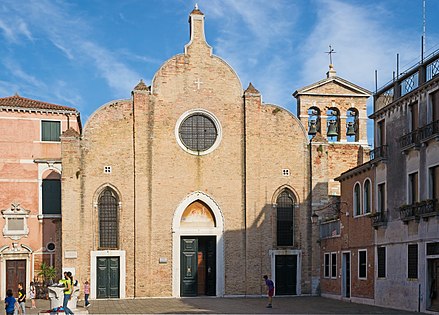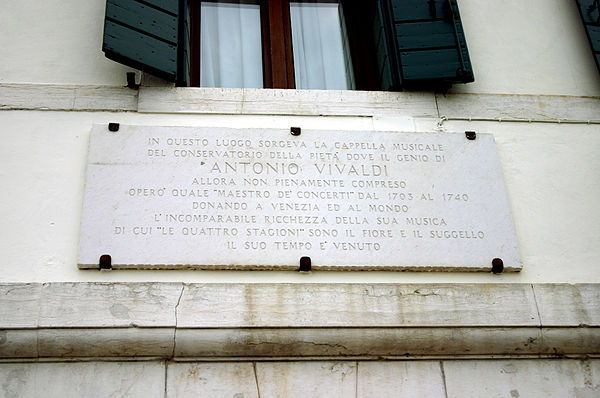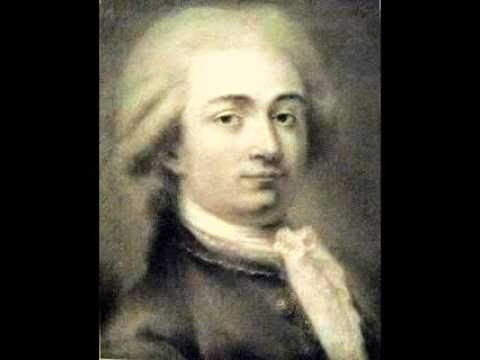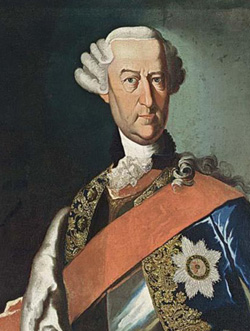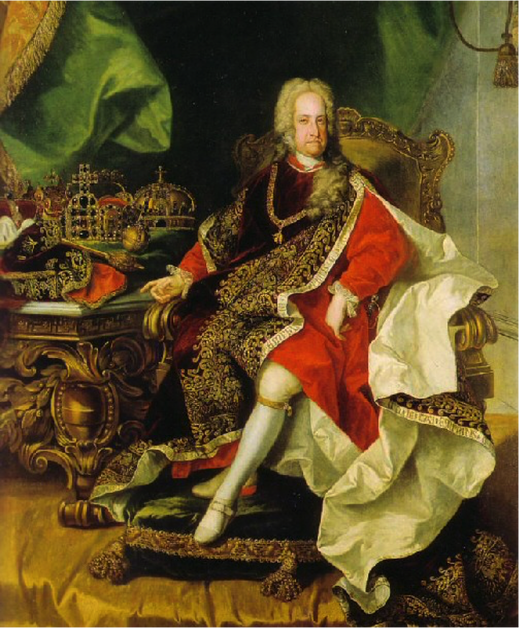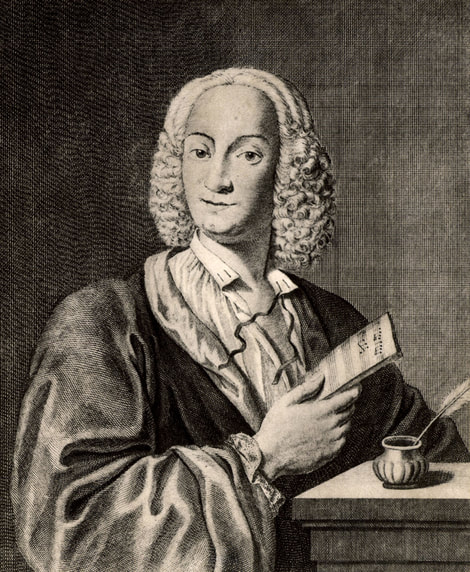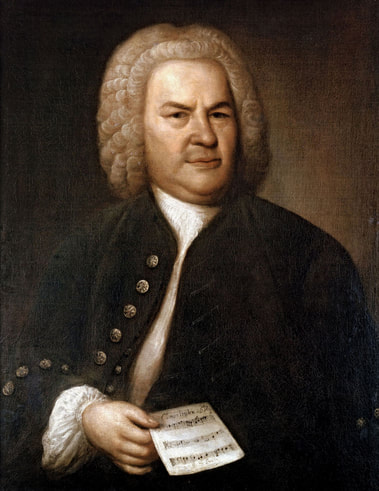Profile of Antonio Vivaldi Antonio Lucio Vivaldi (4 March 1678 – 28 July 1741) was an Italian Baroque musical composer, virtuoso violinist, teacher, and priest. Born in Venice, the capital of the Venetian Republic, he is regarded as one of the greatest Baroque composers, and his influence during his lifetime was widespread across Europe. He composed many instrumental concertos, for the violin and a variety of other instruments, as well as sacred choral works and more than forty operas. His best-known work is a series of violin concertos known as the Four Seasons. Many of his compositions were written for the all-female music ensemble of the Ospedale della Pietà, a home for abandoned children. Vivaldi had worked there as a Catholic priest for 1 1/2 years and was employed there from 1703 to 1715 and from 1723 to 1740. Vivaldi also had some success with expensive stagings of his operas in Venice, Mantua and Vienna. Ten years after meeting the Emperor Charles VI, Vivaldi moved to Vienna, hoping for royal support. However, the Emperor died soon after Vivaldi's arrival, and Vivaldi himself died, in poverty, less than a year later. Biography of Antonio Vivaldi Antonio Lucio Vivaldi was born on 4 March 1678 in Venice, then the capital of the Venetian Republic. Vivaldi's parents were Giovanni Battista Vivaldi and Camilla Calicchio, as recorded in the register of San Giovanni in Bragora. His father Giovanni Battista was a barber then became a professional violinist and was one of the founders of the Sovvegno dei musicisti di Santa Cecilia, an association of musicians. He Antonio to play the violin and then tour Venice playing the violin with him. Vivaldi's health was problematic. One of his symptoms, strettezza di petto ("tightness of the chest"), has been interpreted as a form of asthma.This did not prevent him from learning to play the violin, composing, or taking part in musical activities, although it did stop him from playing wind instruments. In 1693, at the age of fifteen, he began studying to become a priest.He was ordained in 1703, aged 25, and was soon nicknamed il Prete Rosso, "The Red Priest". (Rosso is Italian for "red", and would have referred to the color of his hair, a family trait.) Not long after his ordination, in 1704, he was given a dispensation from celebrating Mass because of his ill health. but he formally remained a member of the priesthood. In September 1703, Vivaldi became maestro di violino (master of violin) at an orphanage called the Pio Ospedale della Pietà (Devout Hospital of Mercy) in Venice. Vivaldi wrote concertos, cantatas and sacred vocal music while working in Ospedale della Pietà. These sacred works, which number over 60, are varied: they included solo motets and large-scale choral works for soloists, double chorus, and orchestra. In 1704, in addition to maestro di violino, Vivaldi also became teacher of viola all'inglese and one time maestro di coro, composing an oratorio or concerto at every feast and teach the orphans both music theory and how to play certain instruments. His work was not always recognized by the Ospedale, however, and he was forced to become freelance musician in 1709 because the board of directors fired him, but they had to ask him back after one year, and in 1716 Antonio Vivaldi was promoted to maestro de' concerti (music director) and became responsible for all of the musical activity of the institution. As a composer Vivaldi's breakthrough came with his first collection of 12 concerti for one, two, and four violins with strings, L'estro armonico (Opus 3), which was published in Amsterdam in 1711 by Estienne Roger, dedicated to Grand Prince Ferdinand of Tuscany who sponsored many musicians including Alessandro Scarlatti and George Frideric Handel. L'estro armonico was a resounding success all over Europe. Meanwhile Vivaldi started his career as an opera composer as a sideline, and his first opera, Ottone in villa (RV 729) was performed at the Garzerie Theater in Vicenza in 1713 instead of Venice where he worked. In 1737, in a letter written by Vivaldi to his patron Marchese Bentivoglio, Vivaldi made reference to his "94 operas". Only around 50 operas by Vivaldi have been discovered, and no other documentation of the remaining operas exists. Although Vivaldi may have been exaggerating, it is plausible that, in his dual role of composer and impresario, he may have either written or been responsible for the production of as many as 94 operas. In 1717 or 1718, Vivaldi was offered a prestigious new position as Maestro di Cappella of the court of prince Philip of Hesse-Darmstadt, governor of Mantua, in the northwest of Italy. It was during this period Vivaldi wrote the famous Le quattro stagioni (Four Seasons), four violin concertos that give musical expression to the seasons of the year. Though three of the concerti are wholly original, the first, "Spring", borrows motifs from a Sinfonia in the first act of Vivaldi's contemporaneous opera Il Giustino. The inspiration for the concertos was probably the countryside around Mantua. They were a revolution in musical conception: in them Vivaldi represented flowing creeks, singing birds (of different species, each specifically characterized), barking dogs, buzzing mosquitoes, crying shepherds, storms, drunken dancers, silent nights, hunting parties from both the hunters' and the prey's point of view, frozen landscapes, ice-skating children, and warming winter fires. Each concerto is associated with a sonnet, possibly by Vivaldi, describing the scenes depicted in the music. They were published as the first four concertos in a collection of twelve, Il cimento dell'armonia e dell'inventione, Opus 8, published in Amsterdam by Michel-Charles Le Cène in 1725. , governor of Mantua, in the northwest of Italy. He moved there for three years and produced several operas, among them Tito Manlio (RV 738). It was during this period in Mantua that Vivaldi wrote the Four Seasons, four violin concertos that give musical expression to the seasons of the year. Though three of the concerti are wholly original, the first, "Spring", borrows motifs from a Sinfonia in the first act of Vivaldi's contemporaneous opera Il Giustino. The inspiration for the concertos was probably the countryside around Mantua. They were a revolution in musical conception: in them Vivaldi represented flowing creeks, singing birds (of different species, each specifically characterized), barking dogs, buzzing mosquitoes, crying shepherds, storms, drunken dancers, silent nights, hunting parties from both the hunters' and the prey's point of view, frozen landscapes, ice-skating children, and warming winter fires. Each concerto is associated with a sonnet, possibly by Vivaldi, describing the scenes depicted in the music. They were published as the first four concertos in a collection of twelve, Il cimento dell'armonia e dell'inventione, Opus 8, published in Amsterdam by Michel-Charles Le Cène in 1725. Apart from prince Philip of Hesse-Darmstadt Vivaldi also received commissions from other European nobility and royalty at the height of his career. The serenata (cantata) Gloria e Imeneo (RV 687) was commissioned in 1725 by the French ambassador to Venice in celebration of the marriage of Louis XV. The following year, another serenata, La Sena festeggiante (RV 694), was written for and premiered at the French embassy as well, celebrating the birth of the French royal princesses, Henriette and Louise Élisabeth. Vivaldi's Opus 9, La cetra, was dedicated to Emperor Charles VI. In 1728, Vivaldi met the emperor while the emperor was visiting Trieste to oversee the construction of a new port. Charles admired the music of the Vivaldi the Red Priest so much that he gave Vivaldi the title of knight, a gold medal and an invitation to Vienna. In 1930, Vivaldi traveled to Vienna and Prague ccompanied by his father, but it was almost 10 years later he decided to leave Venice for Vienna. By then his compositions were no longer held in such high esteem as they once had been in Venice as changing musical tastes quickly made them outmoded, and Vivaldi chose to sell off sizeable numbers of his manuscripts at paltry prices to finance his migration to Vienna. Shortly after his arrival in Vienna, however, Charles VI died, which left the composer without any royal protection or a steady source of income. Less than a year later, Vivaldi died in July 1741, aged 63. During his lifetime, Vivaldi was popular in many countries throughout Europe, including France, but after his death his popularity dwindled. After the end of the Baroque period, Vivaldi's published concerti became relatively unknown, and were largely ignored. Even his most famous work, The Four Seasons, was unknown in its original edition during the Classical and Romantic periods. A composition by Vivaldi is identified by RV number, which refers to its place in the "Ryom-Verzeichnis" or "Répertoire des oeuvres d'Antonio Vivaldi", a catalog created in the 20th century by the musicologist Peter Ryom. The violin concerto Four Seasons of 1723, part of Il cimento dell'armonia e dell'inventione ("The Contest between Harmony and Invention"), is Antonio Vivaldi's most famous work, it depicts moods and scenes from each of the four seasons. This work has been described as an outstanding instance of pre-19th century program music. Vivaldi wrote more than 500 other concertos. About 350 of these are for solo instrument and strings, of which 230 are for violin, the others being for bassoon, cello, oboe, flute, viola d'amore, recorder, lute, or mandolin. About forty concertos are for two instruments and strings, and about thirty are for three or more instruments and strings. As well as about 46 operas, Vivaldi composed a large body of sacred choral music, such as Magnificat. Other works include sinfonias, about 90 sonatas and chamber music. Vivaldi's music was innovative. He brightened the formal and rhythmic structure of the concerto, in which he looked for harmonic contrasts and innovative melodies and themes. Johann Sebastian Bach was deeply influenced by Vivaldi's concertos and arias (recalled in his St John Passion, St Matthew Passion, and cantatas). Bach transcribed six of Vivaldi's concerti for solo keyboard: three for organ, and one for four harpsichords, strings, and basso continuo (BWV 1065) based upon the concerto for four violins, two violas, cello, and basso continuo (RV 580).
0 Comments
Leave a Reply. |
Categories
All
Archives
December 2023
|
![Probable portrait of Italian Baroque composer Antonio Vivaldi, c. 1723.[1]](/uploads/1/6/6/0/16606468/817019579_orig.jpg)
